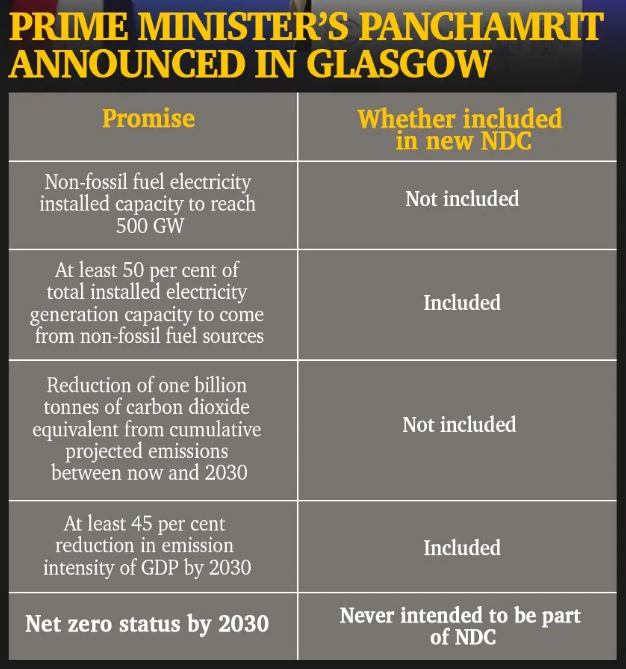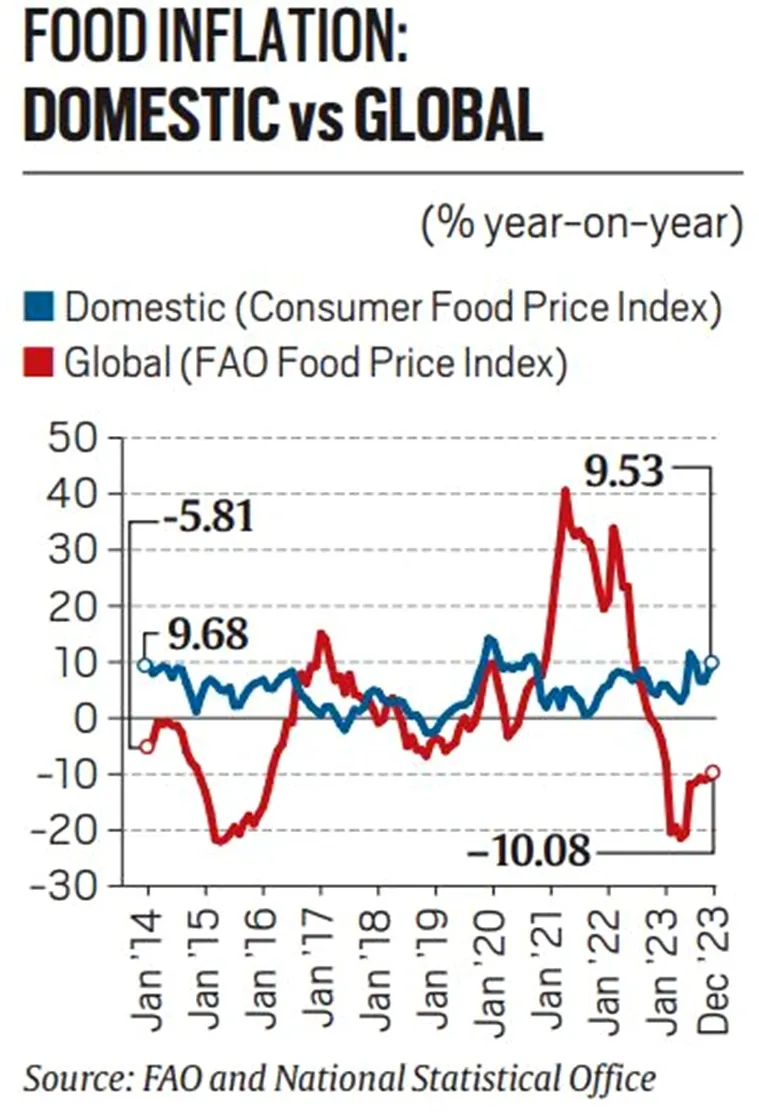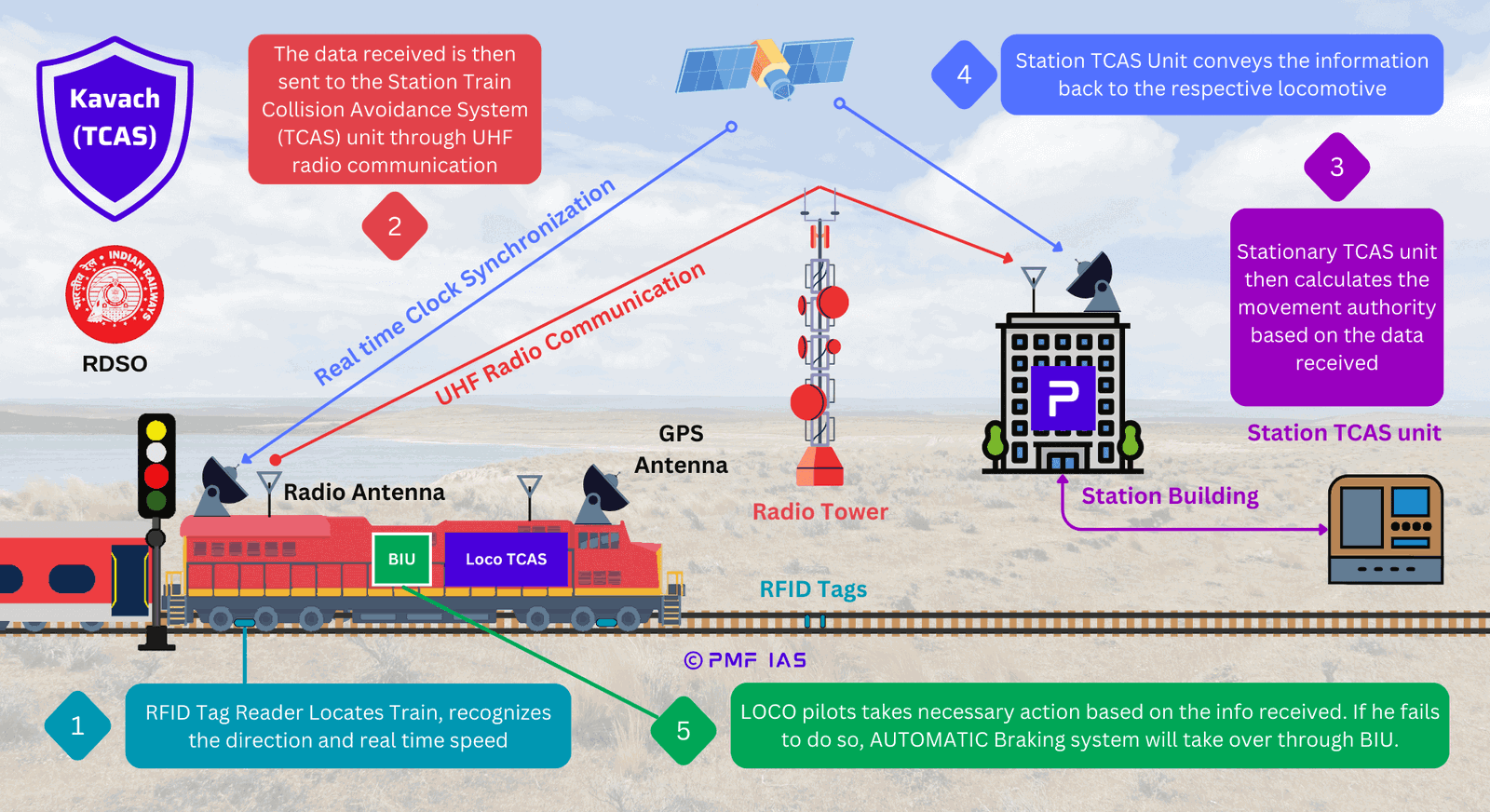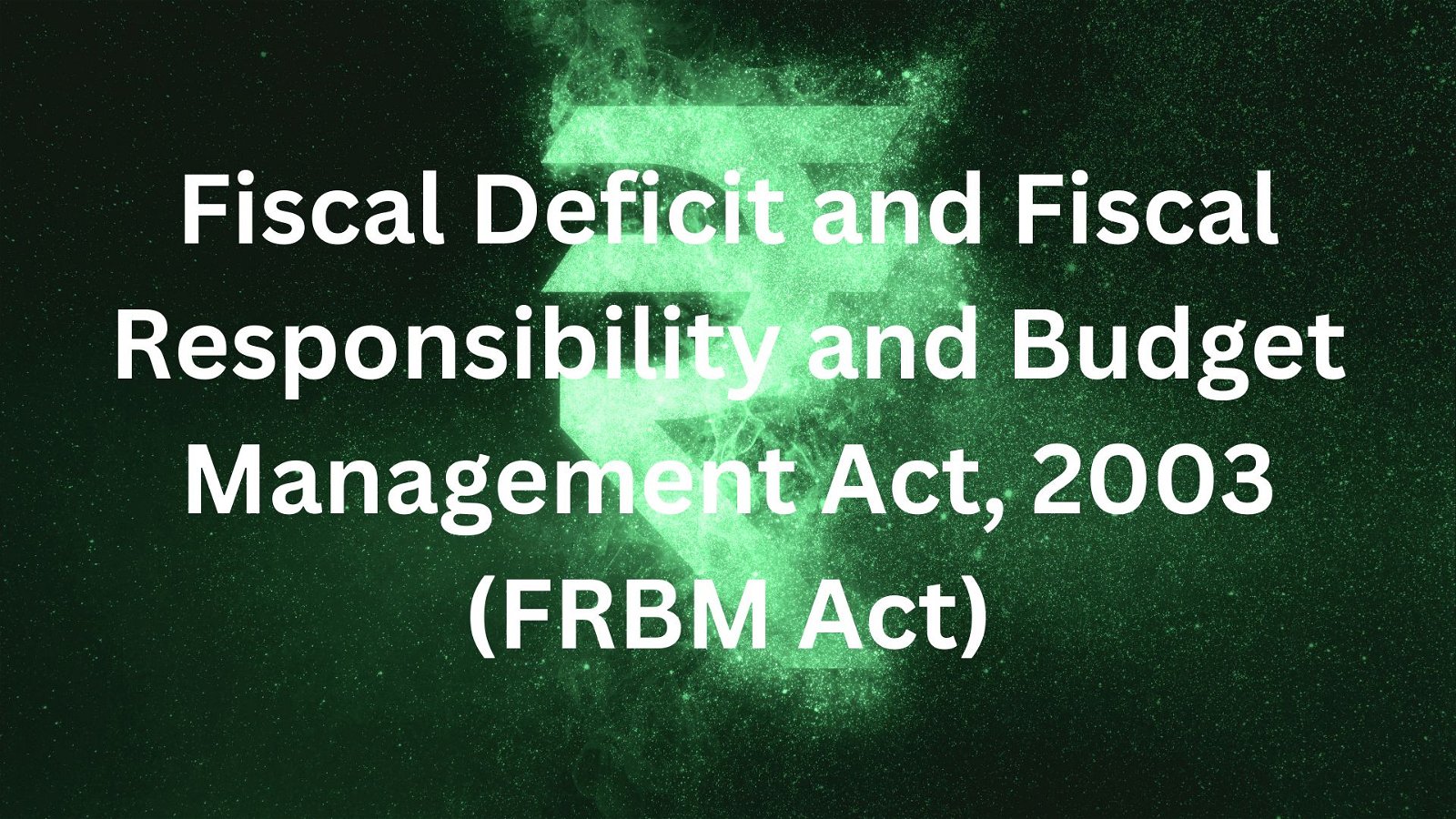
Nationally Determined Contribution (NDC)
Subscribers of "Current Affairs" course can Download Daily Current Affairs in PDF/DOC
Subscribe to Never Miss an Important Update! Assured Discounts on New Products!
Must Join PMF IAS Telegram Channel & PMF IAS History Telegram Channel
- Context (PIB): India has achieved two older NDC targets well ahead of time.
- These two targets are related to emissions intensity and non-fossil fuel-based energy.
What are Nationally Determined Contributions (NDCs)?
- NDC is a non-binding climate action plan to cut emissions and adapt to climate impacts.
- Each party to the Paris Agreement must establish an NDC and update it every five years.
- They are the UNFCCC‘s first greenhouse gas targets, applying equally to developed and developing nations.
Paris Agreement
- The Paris Agreement is a legally binding international treaty on climate change.
- It was adopted at the Conference of the Parties 21 (COP 21) to UNFCCC in Paris in 2015.
- It aims to limit global warming to well below 2°C and preferably limit it to 1.5°C, compared to the pre-industrial level.
- India is a party to UNFCCC and a signatory to the Paris Agreement.
India’s NDC at COP 21 (Paris)
- India’s original NDC contained three main targets for 2030:
- A 33 to 35% reduction in emissions intensity (or emissions per unit of GDP) from 2005 levels.
- At least 40% of total electricity generation to come from non-fossil renewable sources.
- An increase in forest cover to create an additional carbon sink of 2.5 to 3 billion tonnes of carbon dioxide equivalent.
India’s Updated NDC at COP 26 (Glasgow)
- At COP 26, India made five promises called ‘Panchamrit’ to strengthen India’s climate commitments.
- Two were upward revisions of existing NDC targets, i.e., emissions intensity and non-fossil fuel-based energy targets.
- India revised its NDC targets as it was on its way to meeting existing goals before the 2030 deadline.
- Now, in 2023, both old NDC targets have been surpassed.

Present Status of the Updated NDC Targets
- 43.81% of total electricity generation comes from non-fossil fuel-based energy resources.
- Emission intensity has been reduced by 33% between 2005 and 2019.
Challenges in Achieving the Updated NDC Targets
- High dependence on fossil fuel-based electricity: Over 57% of electricity is still fossil fuel-based.
- Rise in CO2 emissions: India’s 2030 carbon emissions may range from 35 to 40 billion tonnes. A one-billion-tonne reduction will signify a 2.5 to 3% decrease.
- Infrastructure cost: Incorporating renewable energy into the grid demands substantial investments in storage, grid modernisation, and smart grid technologies.
- Limited domestic resources
Way Forward
- International collaboration: E.g., India and France launched the International Solar Alliance (ISA), which provides a platform for cooperation among solar-rich countries to work for efficient consumption of solar energy to reduce dependence on fossil fuels.
- Providing incentives: E.g., under the National Green Hydrogen Mission, incentives are provided for green hydrogen production.
- Adopting updated technology: E.g., in the nuclear power sector, moving beyond Pressurized Heavy Water Reactors (PHWRs), India is exploring Light Water Reactors (LWRs) and Small Modular Reactors (SMRs). These offer faster deployment, potentially lower costs, and enhanced safety features.
- Using ICT to raise awareness: E.g., e-AMRIT is a one-stop portal for creating awareness about Electric Vehicles (EVs) in India, providing all information about policies, incentives, charging stations, etc.
- Addressing infrastructure issues: E.g., the Green Energy Corridor Scheme was launched to synchronise electricity produced from renewable sources with conventional power stations in the grid.
- Fixing loopholes in policies and acts: E.g., Forest (Conservation) Amendment Act, 2023 permits private forest diversion without clearance, aiming to incentivise afforestation. But this provision eases using afforested land as ‘carbon credits‘.
- Policy support to allied sectors: E.g., Ethanol is a biofuel produced by yeast fermentation of sugars or starches. So, there should be agriculture policies supporting ethanol-producing crops.




![PMF IAS Environment for UPSC 2022-23 [paperback] PMF IAS [Nov 30, 2021]…](https://pmfias.b-cdn.net/wp-content/uploads/2024/04/pmfiasenvironmentforupsc2022-23paperbackpmfiasnov302021.jpg)











